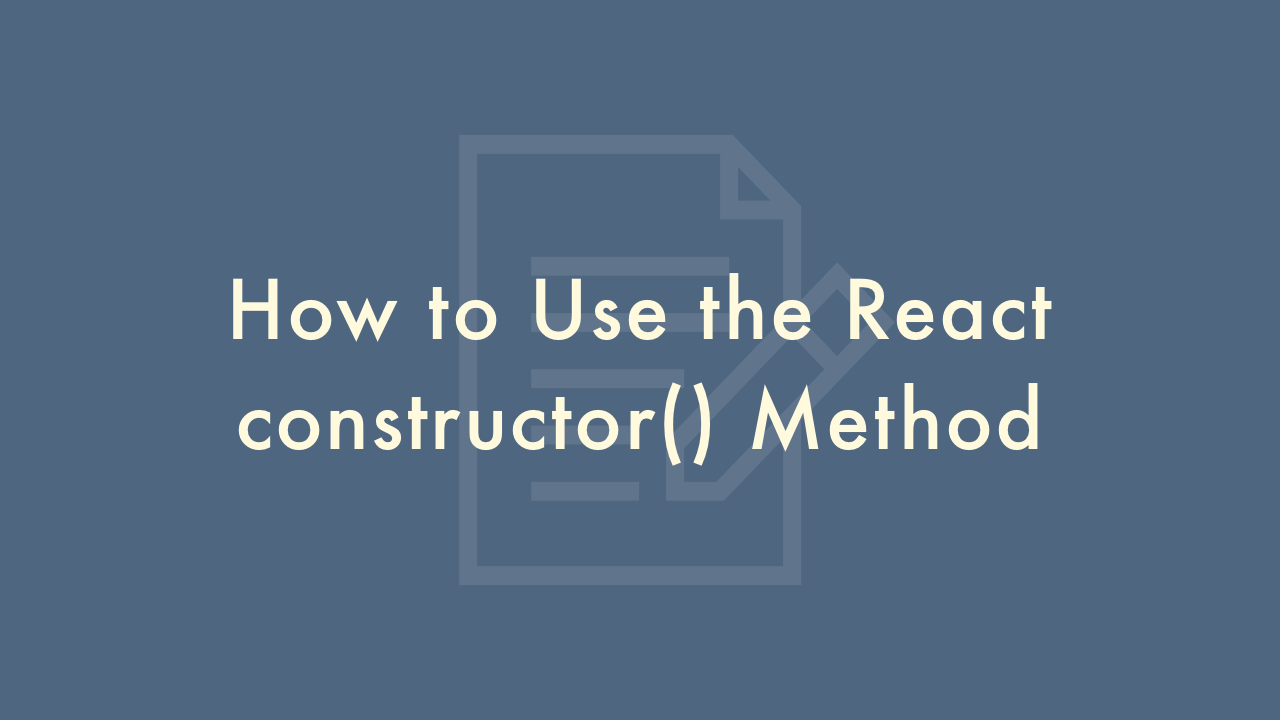How to Use the React constructor() Method

Contents
In this article, you will learn how to use the React constructor() method.
Using the constructor() method
The constructor() method is a special method in React that gets called when a new component is created. It is typically used for initializing state and binding event handlers.
Here’s how to use the constructor() method in React:
Define your component
To use the constructor() method, you must first define your React component. This can be done with the class syntax:
class MyComponent extends React.Component {
// ...
}
Add a constructor
Next, add a constructor() method to your component class. The constructor() method is a special method that gets called when a new instance of the component is created. You can use this method to initialize state and bind event handlers.
class MyComponent extends React.Component {
constructor(props) {
super(props);
this.state = {
// initialize state here
};
this.handleClick = this.handleClick.bind(this);
}
handleClick() {
// handle click event here
}
render() {
return (
// render component here
);
}
}
Initialize state
In the constructor() method, you can initialize the component’s state by setting the this.state object. For example:
constructor(props) {
super(props);
this.state = {
count: 0
};
}
Bind event handlers
If you have event handlers in your component, you’ll need to bind them to the component’s this context in the constructor() method. This is necessary because event handlers are executed in the context of the element that triggered the event, not the component instance. To bind the event handler to the component’s this context, use the bind() method. For example:
constructor(props) {
super(props);
this.state = {
// initialize state here
};
this.handleClick = this.handleClick.bind(this);
}
handleClick() {
// handle click event here
}
Pass props to the parent constructor
If your component has props, you’ll need to pass them to the parent constructor using the super() method. For example:
constructor(props) {
super(props);
this.state = {
// initialize state here
};
// bind event handlers here
}